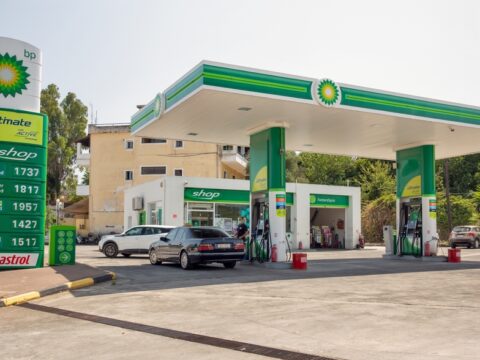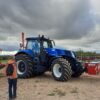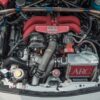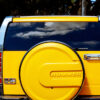Bullet trains are more than just fast; they’re feats of engineering that push the boundaries of speed, safety, and sustainability. From Japan’s Shinkansen to France’s TGV, these high-speed marvels rely on innovative technology and groundbreaking designs to reach top speeds while maintaining smooth, efficient travel. In this article, we’ll explore 16 surprising engineering feats that make bullet trains some of the most advanced transportation systems in the world. Get ready to discover what’s happening behind the scenes of these incredible trains.
Contents
Maglev Technology
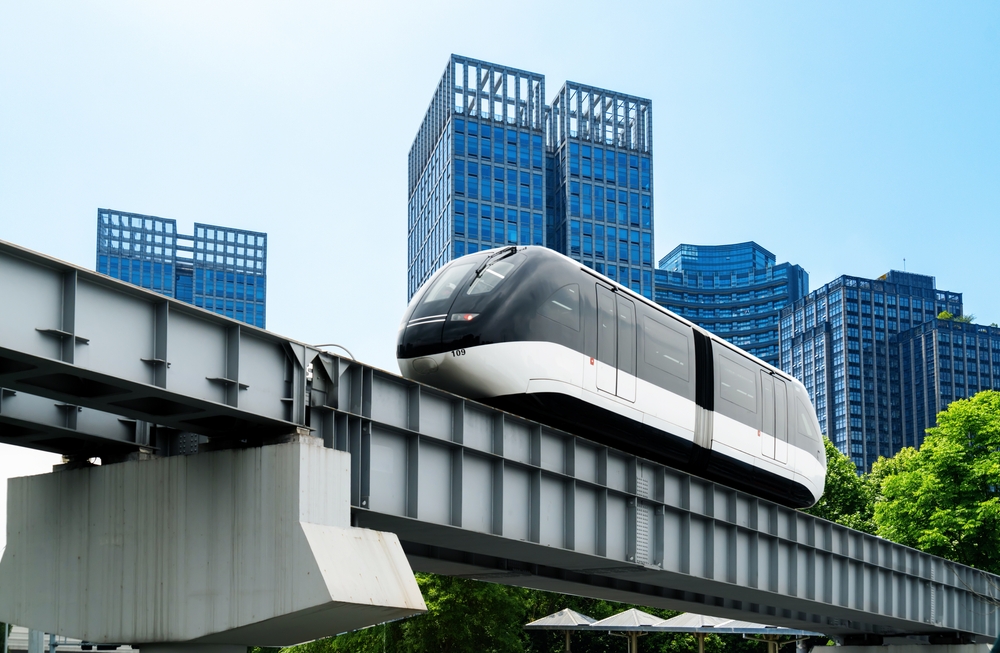
Magnetic levitation, or maglev, eliminates friction by using powerful electromagnets to suspend the train above the tracks, allowing it to reach record-breaking speeds. Without wheels, maglev trains reduce wear on both the vehicle and track, resulting in lower maintenance costs and smoother rides. The Shanghai Maglev, for instance, achieves speeds of up to 267 mph (430 km/h), showcasing this technology’s potential for ultra-fast transportation. This advancement marks a major shift from conventional rail and underscores how engineering can redefine speed limits on land.
Aerodynamic Nose Design
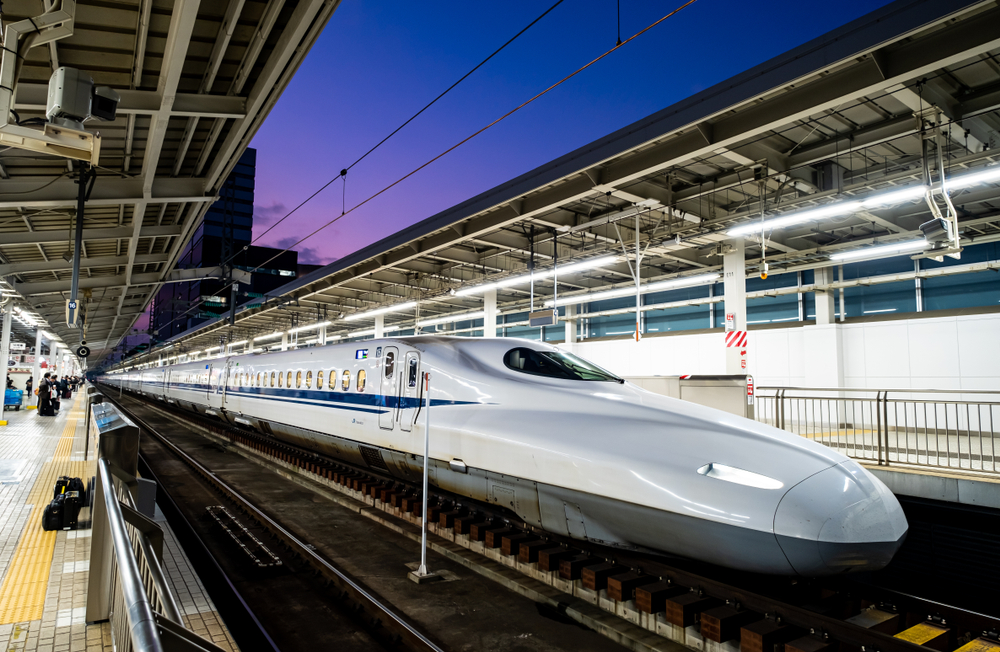
Bullet trains are renowned for their streamlined noses, which minimize air resistance and noise. Designs like the Shinkansen’s “duckbill” and “kingfisher” beak help manage airflow, reducing drag and enhancing stability, especially when entering tunnels. These shapes also address tunnel boom, a phenomenon where compressed air creates a loud noise, by allowing air to flow smoothly over the train. The aerodynamic efficiency achieved through these unique designs is a key factor in why bullet trains can maintain high speeds with greater fuel efficiency.
Active Suspension Systems
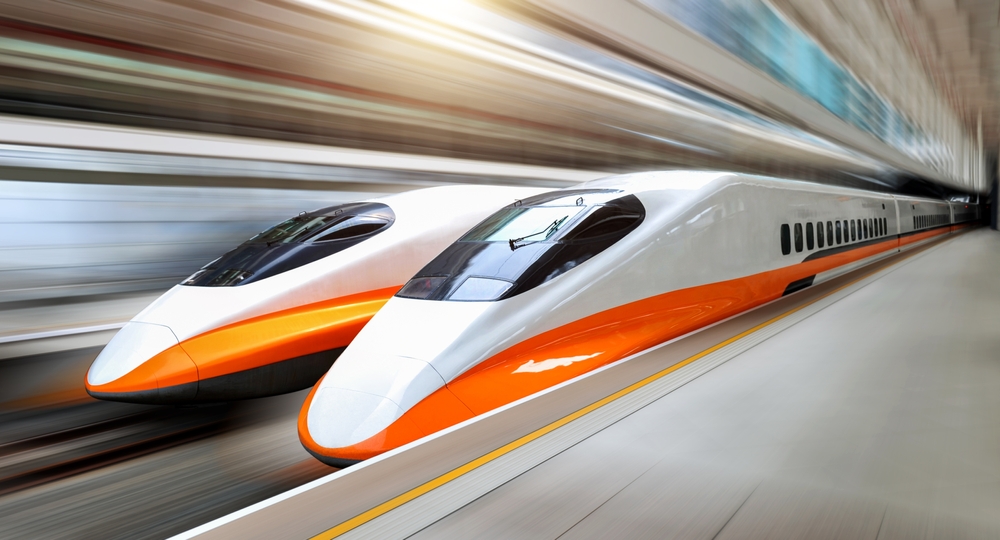
Active suspension systems in bullet trains adjust in real-time to track conditions, absorbing shocks and minimizing vibrations. These systems detect and respond to uneven tracks, high-speed turns, or sudden stops, allowing for smoother rides at greater speeds. This technology, found in trains like France’s TGV, helps maintain passenger comfort and safety, even at speeds exceeding 200 mph. By reducing sway and absorbing impact, active suspensions make high-speed rail a more viable and comfortable option for long-distance travel.
Tilting Mechanisms
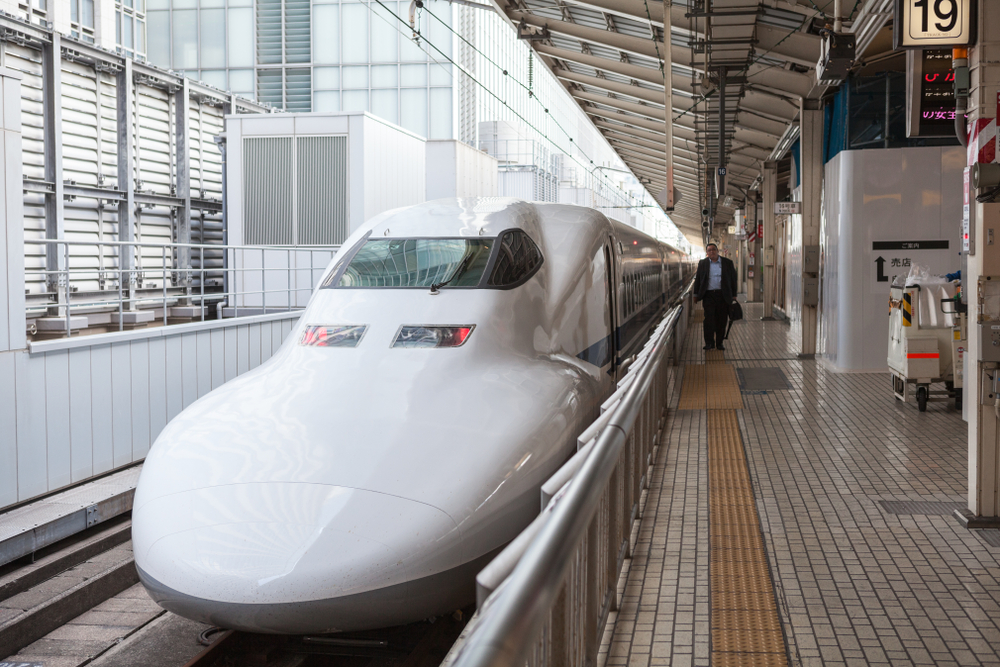
Bullet trains with tilt technology lean into curves, maintaining speed without risking passenger discomfort. This is crucial for routes with sharp turns or mountainous terrain, as tilting minimizes lateral forces that would otherwise be felt by passengers. In Italy, the Pendolino trains use tilting mechanisms to navigate challenging tracks at high speeds, balancing efficiency with comfort. By reducing the need to slow down at curves, these systems contribute to faster overall travel times and make high-speed rail more practical in diverse geographic regions.
Earthquake Detection
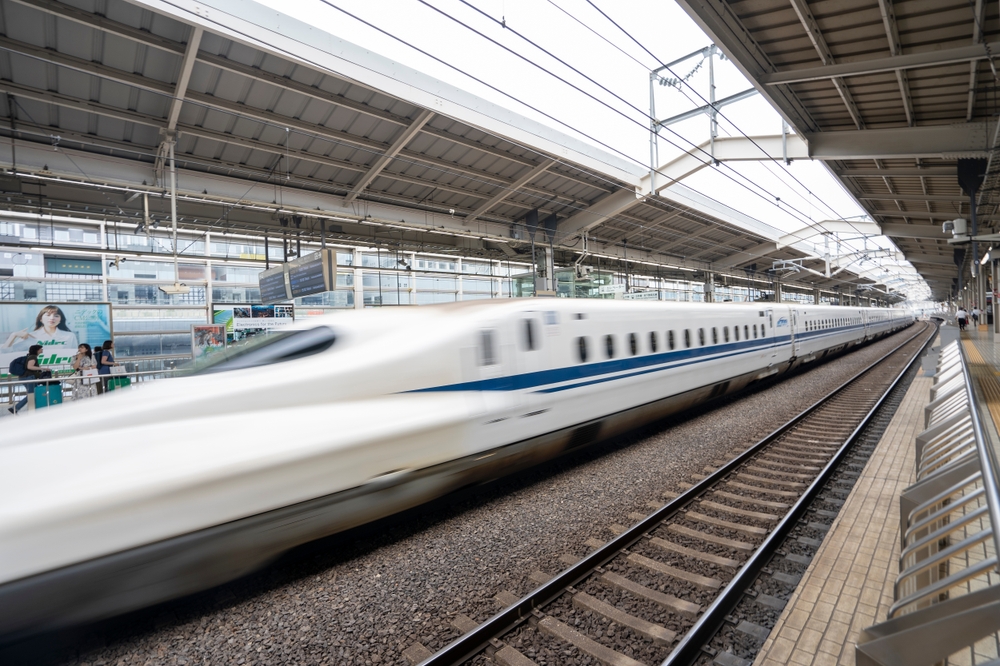
Japan’s Shinkansen system has built-in earthquake detection that stops trains when seismic activity is detected. Sensors along the tracks monitor ground motion, sending alerts to control centers that automatically apply emergency brakes. This feature, in place since the 1960s, has been refined over time to halt trains in seconds, minimizing risks during earthquakes. The Shinkansen’s safety record, with zero passenger fatalities from earthquakes, is a testament to this system’s effectiveness in safeguarding high-speed rail during natural disasters.
Vacuum Sealed Tunnels
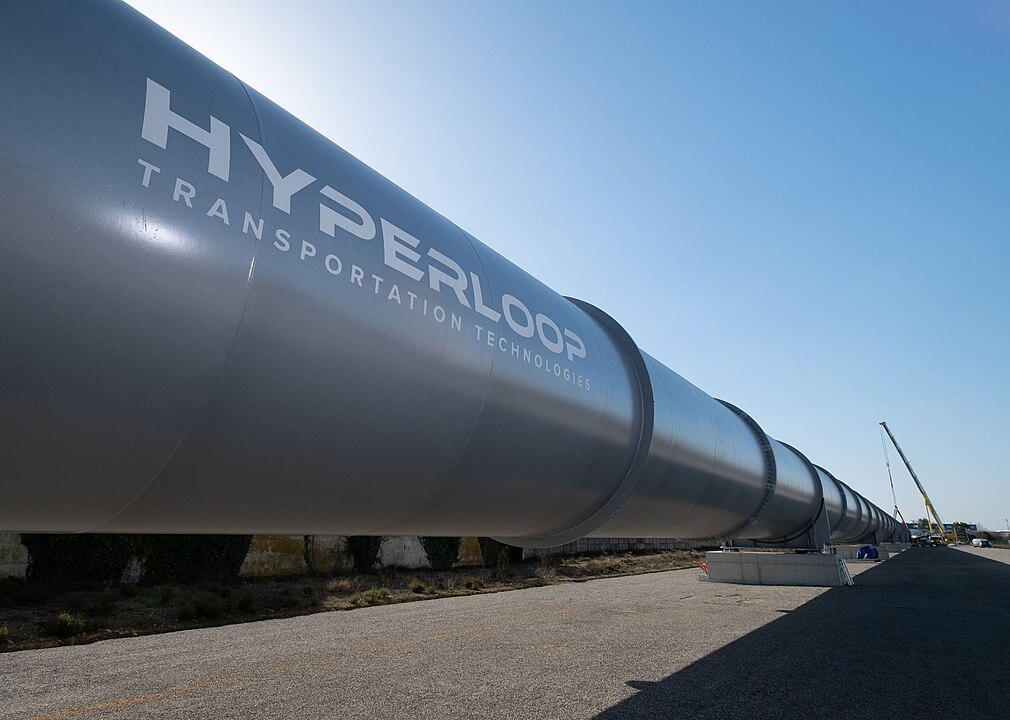
Vacuum-sealed or low-pressure tunnels, proposed in hyperloop projects, aim to minimize air resistance, enabling trains to reach extreme speeds. By reducing air density within the tunnels, trains could theoretically travel over 600 mph (965 km/h) with minimal energy loss. Though still experimental, this concept represents a potential future of near-supersonic rail travel that could bridge long distances at unmatched speeds. It’s a bold approach to pushing high-speed rail beyond current limitations.
Wireless Communication Systems

Bullet trains use sophisticated wireless communication to monitor and adjust speeds, braking, and spacing between trains. Systems like the European Train Control System (ETCS) track real-time data on train location and speed, ensuring safe distances and efficient traffic flow. This wireless communication reduces human error, allowing for tighter schedules and faster response times in emergencies. The continuous exchange of data enables a coordinated, responsive network where high-speed trains can safely operate at close intervals.
Lightweight Materials
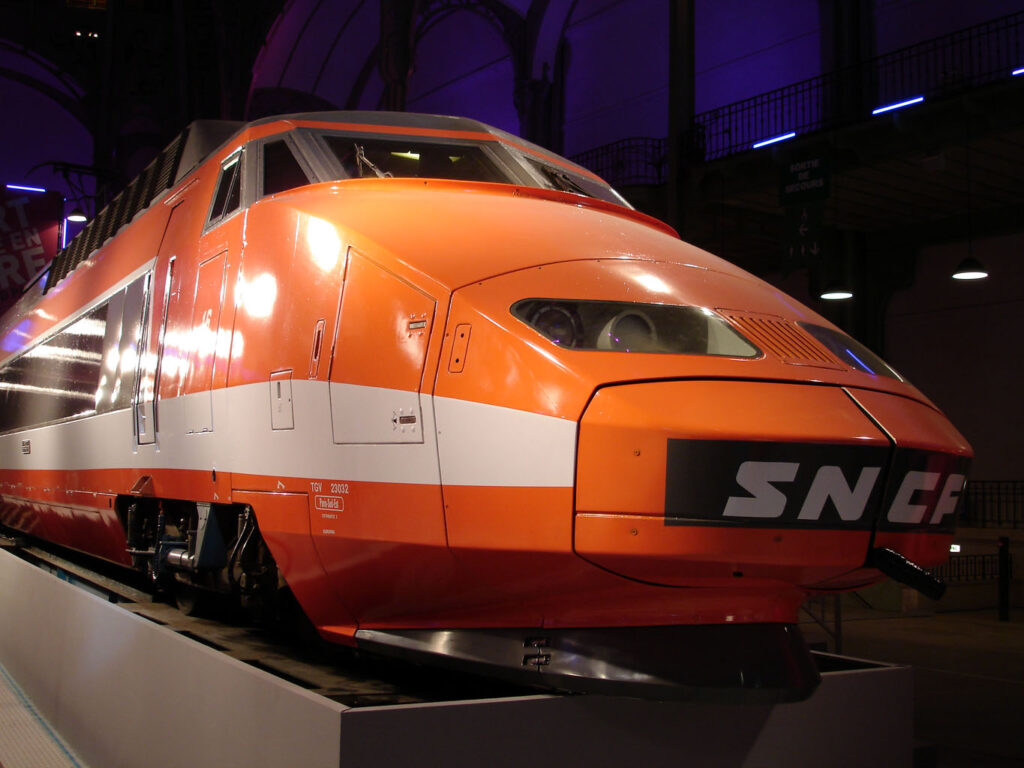
Bullet trains like France’s TGV use lightweight materials like aluminum alloys and carbon fiber to reduce weight while maintaining strength. This minimizes fuel consumption and allows for faster acceleration and deceleration. Lightweight construction also reduces wear on tracks, extending their lifespan and lowering maintenance costs. This focus on advanced materials highlights engineering’s role in achieving greater speeds without compromising durability or safety.
Regenerative Braking

Regenerative braking converts kinetic energy from braking into electricity, which is fed back into the grid or stored for later use. Bullet trains in Japan and Europe utilize this system to reduce energy waste, making high-speed travel more eco-friendly. The energy reclaimed through regenerative braking can power auxiliary systems or even other trains, showcasing how engineering can improve efficiency and sustainability in high-speed rail networks.
Ultra-Smooth Tracks
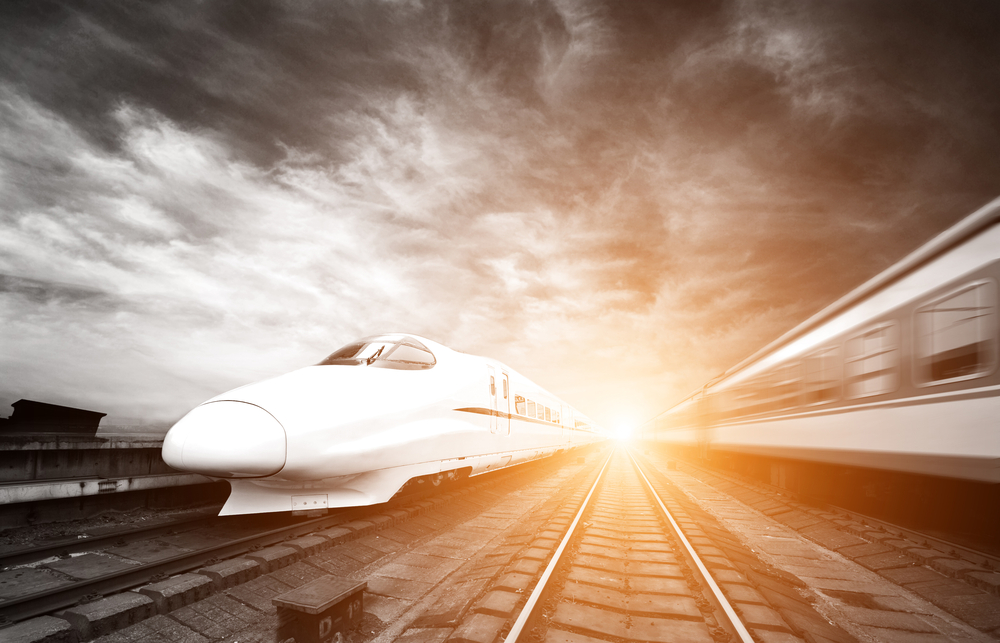
Specially engineered tracks, meticulously aligned and smoothed, reduce friction and vibration, enabling high-speed trains to reach maximum speeds safely. Precision track-laying minimizes bumps and uneven surfaces, essential for the stability of high-speed rail. In Japan and France, where trains run at over 300 km/h, this attention to detail in track design is critical for reducing maintenance needs and ensuring a stable ride.
Noise Reduction Technology
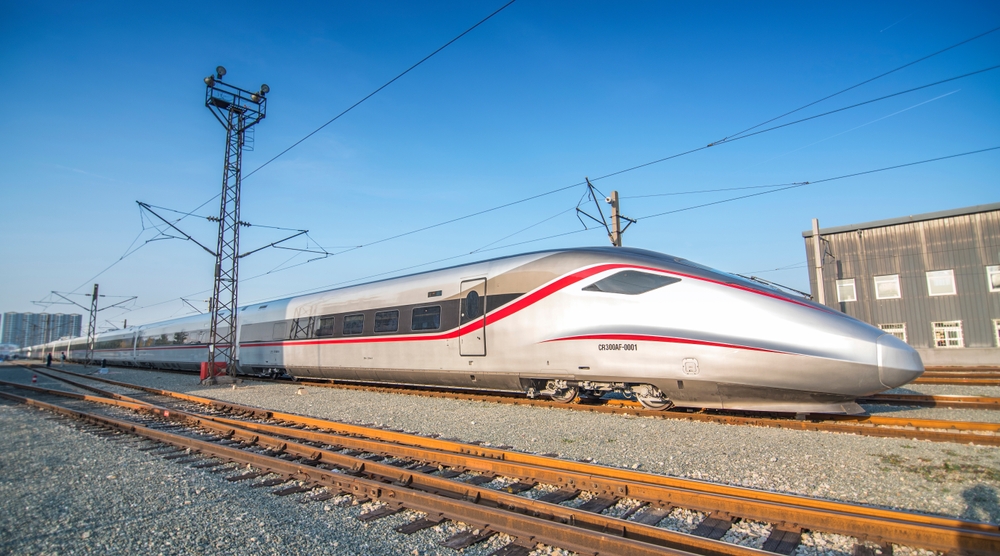
Noise reduction technology, such as pantograph shields and sound-dampening materials, reduces the impact of high-speed trains on nearby areas. Pantographs, which connect the train to overhead wires, are shielded to minimize air noise, and the trains themselves incorporate materials that absorb sound. In urban areas, these advancements are essential for minimizing noise pollution, allowing high-speed rail to operate without disturbing communities.
Energy-Efficient Traction Systems
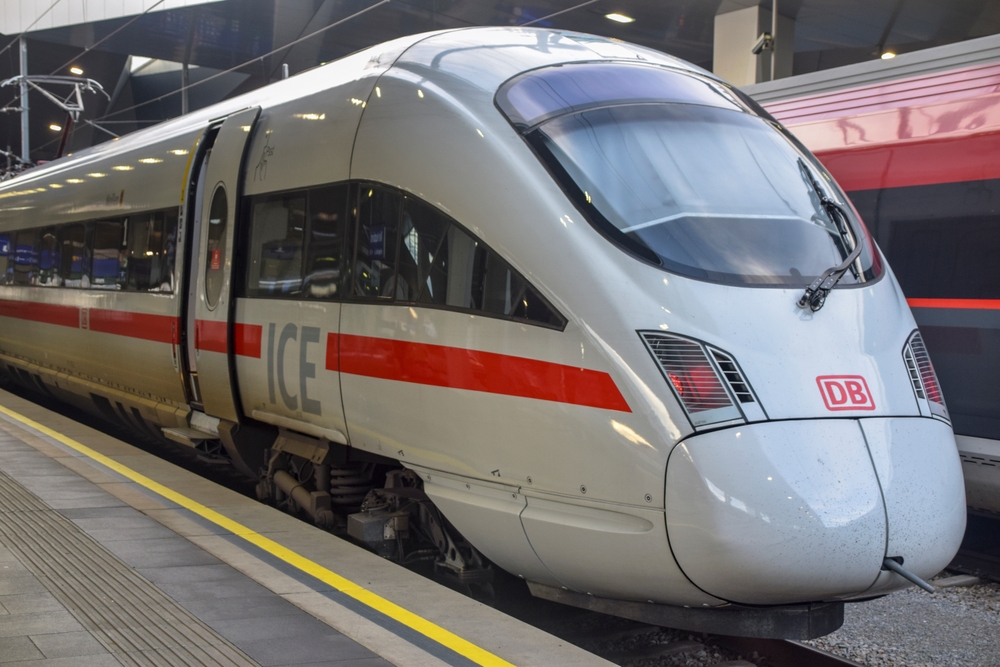
Modern traction systems optimize power delivery to bullet trains, minimizing energy loss and allowing for high-speed acceleration. By using more efficient motors and advanced power management, these systems reduce the energy consumption per mile. Such systems are key in Europe’s ICE trains, where efficient traction is prioritized to maintain both speed and energy conservation, illustrating how engineering keeps high-speed rail sustainable.
Digital Train Control Systems
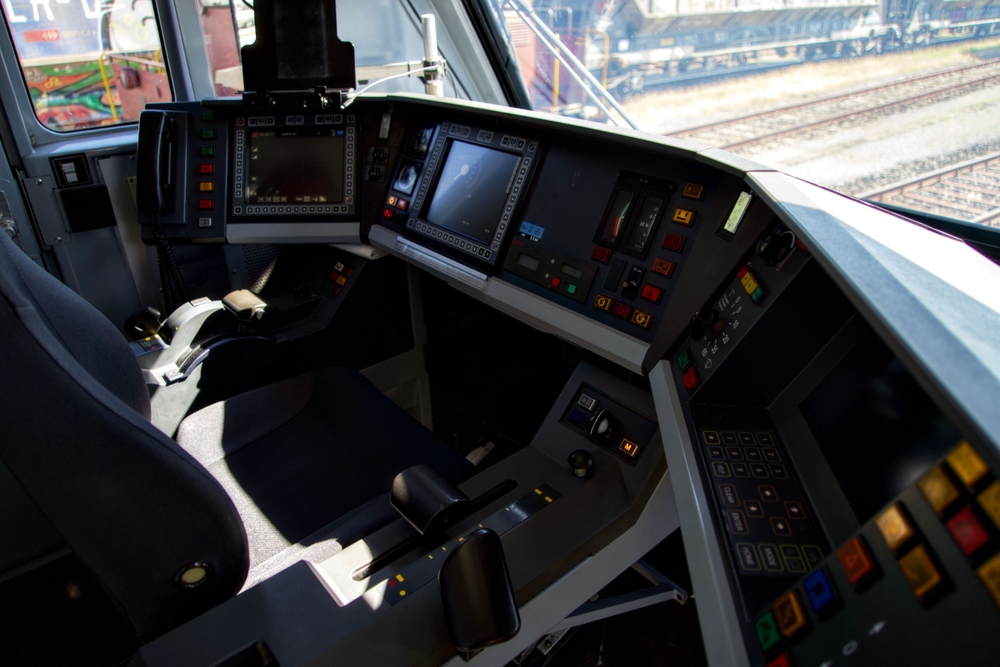
Digital train control systems, like the ERTMS, use automation to control train speed, direction, and spacing, reducing human error and maximizing safety. These systems monitor train positions in real-time, adjusting speeds to prevent collisions and optimize scheduling. By relying on precise digital management, high-speed trains can safely operate at shorter intervals, increasing rail capacity and efficiency in busy networks.
Rail Expansion Joints
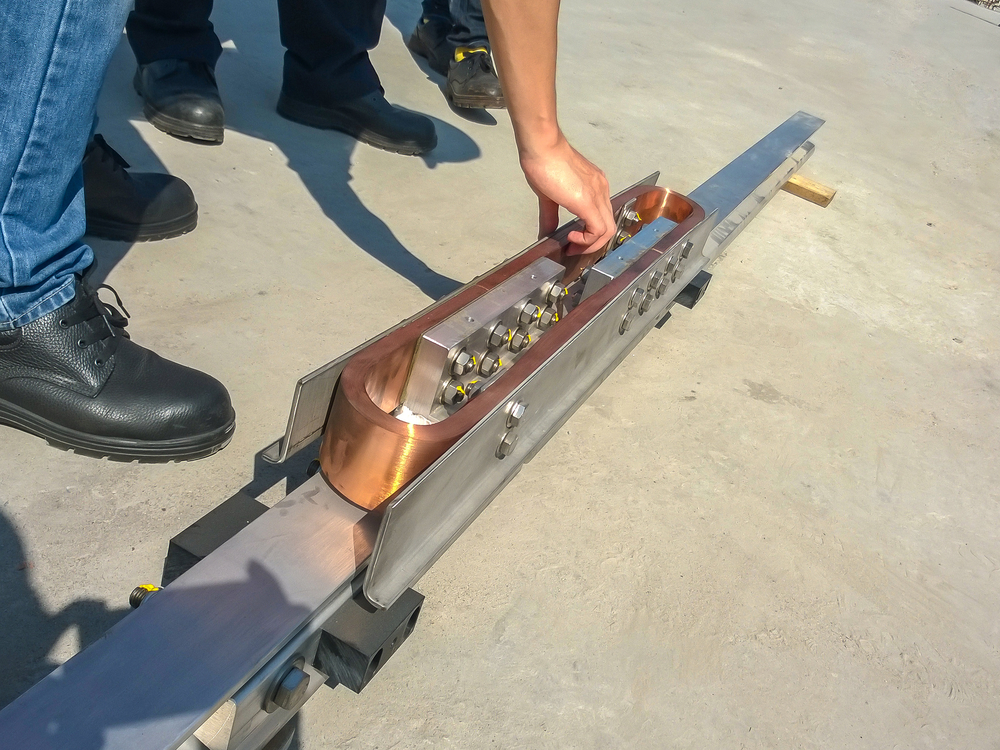
Rail expansion joints allow tracks to adjust to temperature changes, preventing warping or cracking. These joints accommodate the natural expansion and contraction of metal, essential in maintaining alignment on high-speed tracks. By absorbing the thermal stress, they ensure safety and minimize track maintenance needs, a necessity for regions with extreme seasonal temperature variations.
Tunnel Boom Reduction
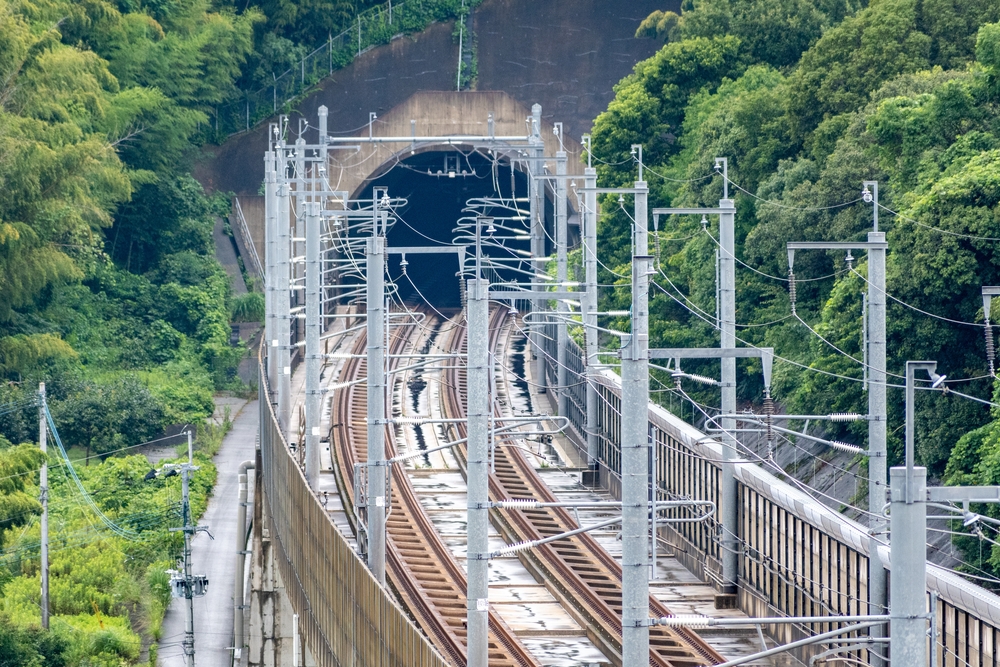
Engineers have developed ways to minimize tunnel boom, a loud sound that occurs when high-speed trains enter tunnels. By using specially shaped tunnels, air vents, and aerodynamic noses, the compressed air can flow more smoothly, reducing noise levels. This innovation is especially valuable in densely populated regions where noise pollution can be a major issue.
Advanced Safety Glass
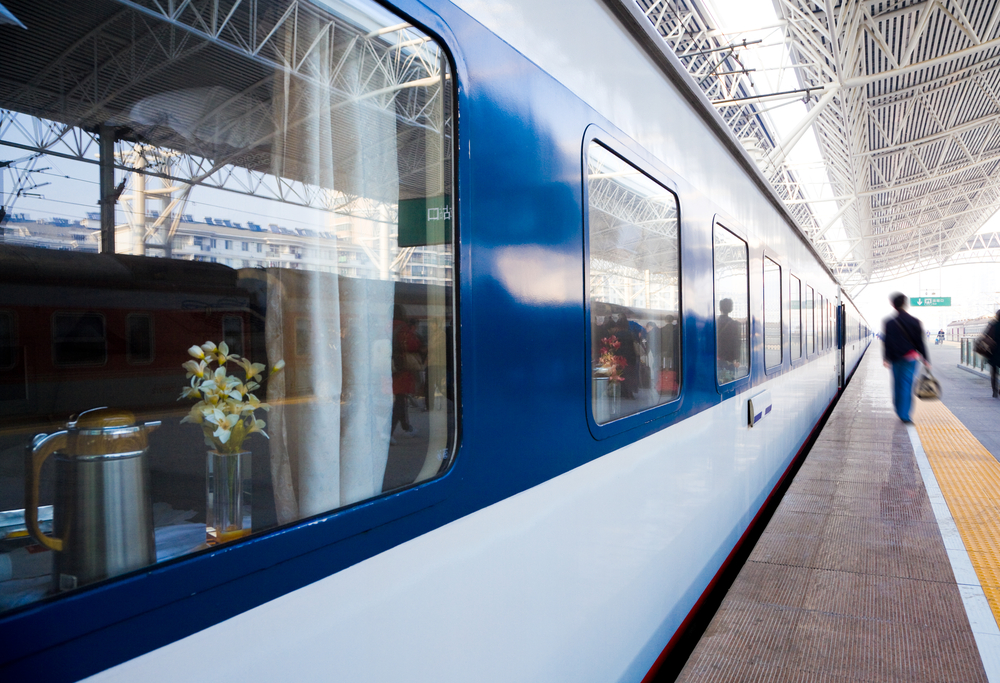
Bullet trains use safety glass designed to withstand pressure changes, such as those that occur when passing through tunnels. This glass prevents shattering or cracking, providing a secure barrier for passengers. Japan’s Shinkansen uses specially laminated glass that balances strength with visibility, a crucial consideration for high-speed travel.
This article originally appeared in MyCarMakesNoise
More from MyCarMakesNoise
15 Most Reliable Trucks for Heavy-Duty Work
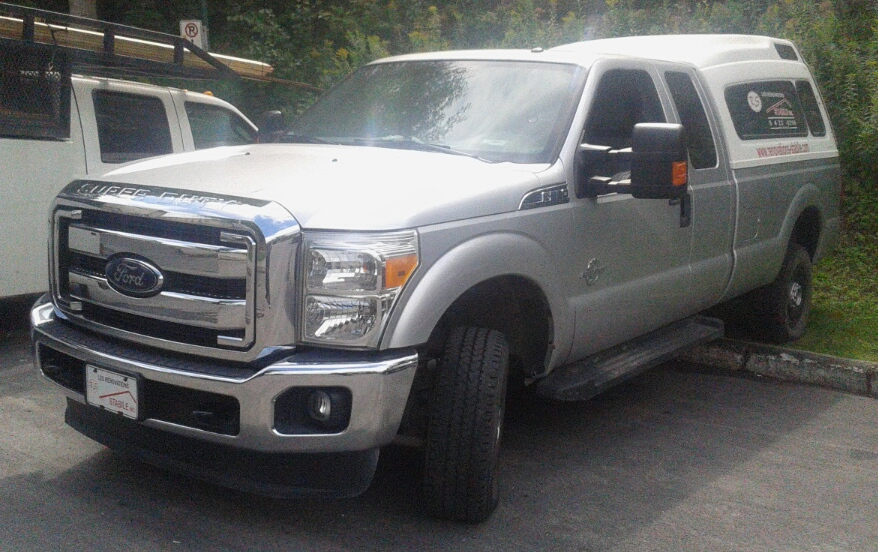
15 of Toyota`s Most Collectible CarsWhen it comes to heavy-duty work, having a reliable truck is essential. The demands of towing, hauling, and navigating tough terrains require a vehicle that can withstand intense pressure and maintain peak performance. Whether you are in construction, agriculture, or any industry that requires heavy lifting, a dependable truck ensures you can get the job done efficiently and safely. Read More
15 of Toyota`s Most Collectible Cars

Toyota’s rich automotive history is filled with iconic models that have captivated enthusiasts and collectors alike. From groundbreaking sports cars to versatile off-road vehicles, Toyota has consistently pushed the boundaries of design and performance. This legacy of innovation and reliability has resulted in a diverse range of models that are highly sought after in the collector car market. Read More
10 Iconic Limited-Edition Aston Martin Cars You Need to Know

Aston Martin has a storied history of producing some of the most iconic and luxurious cars in the world. Among their most prized creations are the limited-edition models, which combine heritage, innovation, and exclusivity. Read More


